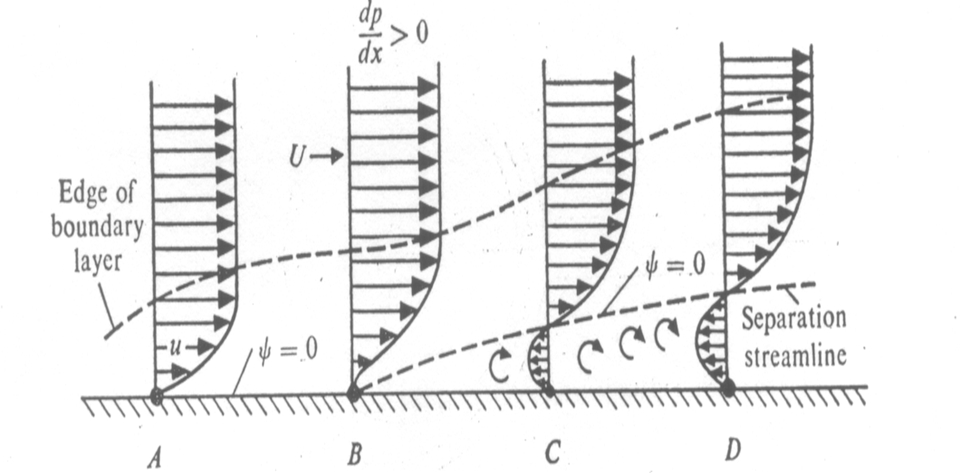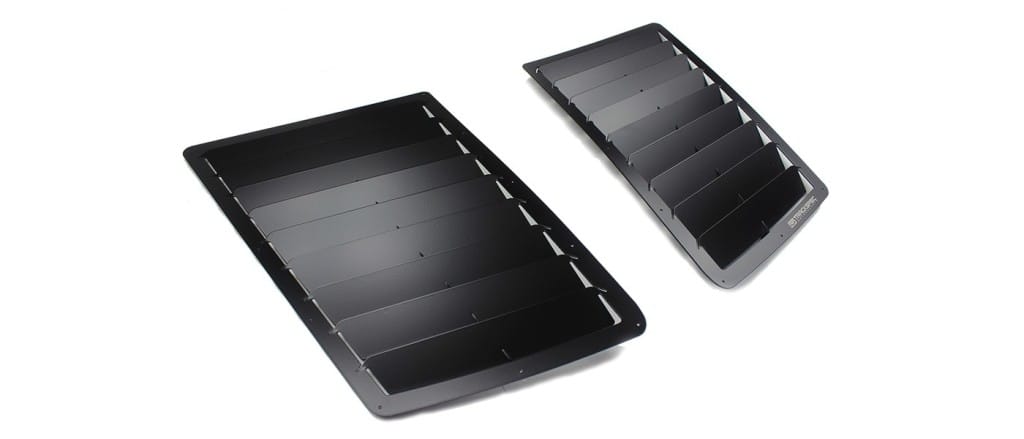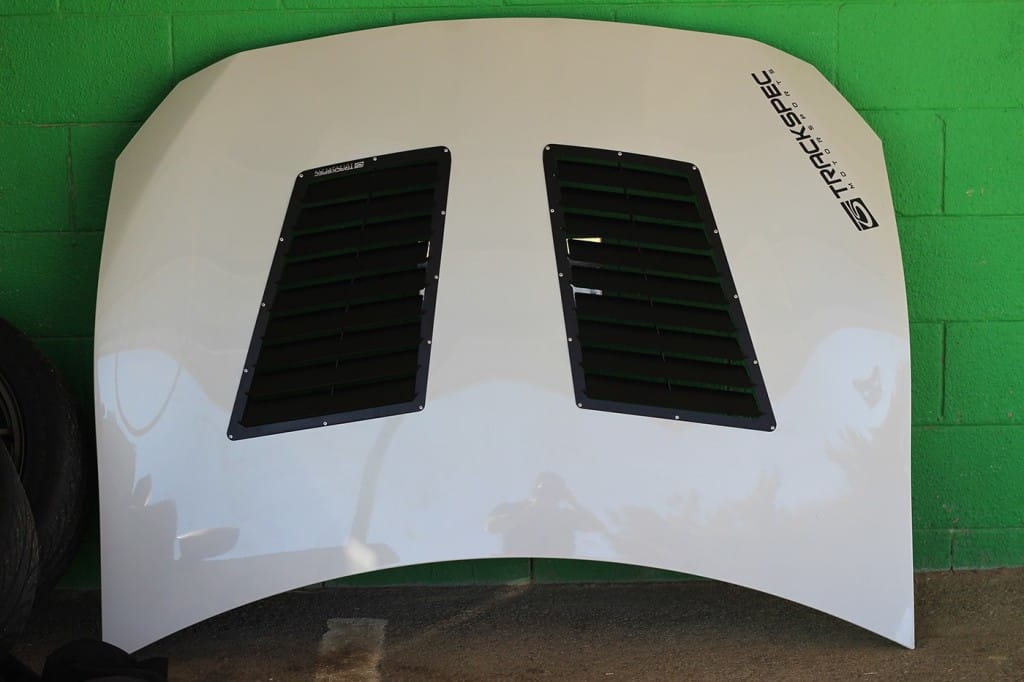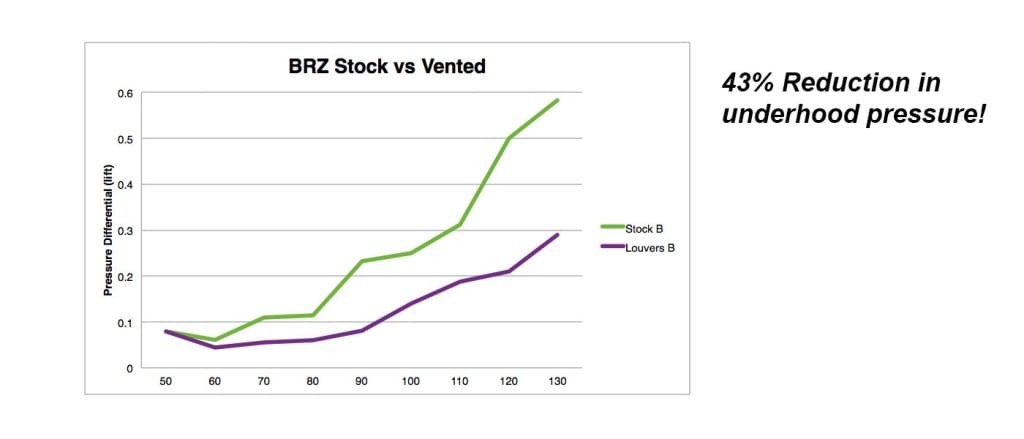Trackspec Motorsports Hood Louver Vents Kit Testing - Subaru BRZ / Scion FR-S / Toyota GT86
February 11, 2016
One of the major challenges with the BRZ/FRS, is the ability to extract heat out of the engine bay. While a stock car that is street driven doesn't have any problems staying within normal operating temperatures, cars that are Forced Induction, or are driven hard on the track often have overheating issues.
Another occurrence the more spirited drivers may have noticed, is that the stock hood "flaps" at higher speeds. There is a lot of air trapped under the hood, and to escape, the air wobbles the stock hood, escaping out the side. This produces a few undesirable effects: extra drag, front end lift, and a general feeling of uneasyness about the hood staying in place.
CounterSpace Garage (CSG) is proud to offer TrackSpec Motorsports Hood Louver/Heat Extractor Vents for the Subaru BRZ / Scion FR-S / Toyota GT86. Through CSG's reputation of impressive R&D levels and testing of products and concepts, Trackspec has partnered with CSG to develop a solution to extract heat out of the engine by and to proof test their latest Hood Louver Kit for the FT86 platform. With the proper models and analysis performed, it was time for testing of these beautifully developed louvers.
Testing was performed at the world famous Willow Springs International Raceway, also coined as "The Fastest Track of the West." The 2.5 mile course is famous for hosting a variety of high powered cars and consistently sees a high average speed indicating a liberal use of the throttle. With this level of driving commitment, many cars have heat issues due to the length of time at full throttle. The stage was perfect for stress testing our BRZ with the newly added Trackspec louver kit.
The CSG BRZ was wired up with pressure sensors inside the engine by and outside of the car to identify the measured pressured differences between the two readings. Tuft testing was also performed to provide a visual on the air flow over the vents.

Pressure sensors were used to identify the pressure differential between the engine bay and the outside conditions. So what does a pressure differential mean for this particular application? Before we answer this question, we would like to identify how physics work in this regard.
This phenomenon is quite intuitive. Pressure is a force per unit area. In a high pressure zone, particles experience a large force in a given area (coin Star Wars meme?). In a low pressure zone, particles experience a smaller force (the Force is weak with this Jedi...). The larger force "pushes" or "overpowers" the smaller force, which moves particles from the high pressure zone into the low pressure zone. A build up of air gushing into the engine bay is a high pressure zone (think of boost!) and the high velocity air flowing over the hood is the low pressure zone.
Now that you had a simple physics class on how natural air flow/extraction works, it gets a bit more complicated when providing real life application. This not only has simple physics, it also has basic fluid dynamics involved with this heat extraction project. FIrst of all, air leaking out of a void will actually create drag. This is because extreme low velocity air leaks out of these holes and actually trips the boundary layer of the high velocity air traveling over the hood. This mixture causes turbulent flow and increases the drag profile. To reduce this level of turbulence, a solution is guide the air flow smoothly out of the vent and introduce it into the air stream with minimal disturbance.
Louvers are used to trip the boundary layer of air flow. By tripping the boundary layer of general airflow, mini boundary layers are formed over each louver and causes a reduction in thermal resistance. This allows the warmer high pressure air to move to the cooler low pressure area with less resistance. On top of this, the minor flow separation at the louver energizes the boundary layer by forcing the free flowing air to adhere to the skin surface, thereby reducing drag.

Crazy stuff right? This is just touching the surface too and it can get more complicated if we attempted to explain it a bit more. So what's the TL;DR version of this physics problem?
- Proper louver size is required to optimize heat extraction from the engine bay.
- Free flow air over louvers energizes localized air and causes reduction in thermal resistance.
- Particles from high pressure region naturally moves to low pressure region
- Energizing airflow through the car and over the car creates natural forced convection (heat transfer) through the engine bay thereby improving cooling capacity by increasing the temperature delta from the power system to ambient temperature.
- All of these characteristics reduces turbulence and improves airflow over the car, through the car, and under the car which reduces the drag profile.
So now that we went over the theory, what was the actual data? By knowing that dropping overall engine bay temperature, the larger temperature delta allows the radiators and heat exchangers to work more efficiently. In order to prove that there is definitely a difference in air flow, measured pressure differential is required. This is the data up to 130 MPH!
- An overall 43% drop in under-hood pressure at highway speeds
- 60% drop in under-hood pressure at 120mph!
- Tangible net front downforce (we had to add wing angle during testing to balance the now-grippier front)
- Increased cooling (less pressure under the hood = more air flowing through the radiator; more air being extracted = more air flowing through the radiator)
Besides an amazing large Pressure Differential, we noted that the hood actually suctioned to the body. The BRZ/FRS/GT86 hood, and even the available aftermarket vented hoods have been observed to lift at speed, which causes a very small gap between the bumper and the hood. This is why hood pins are so important! With this Trackspec louvered vents, we can definitely see how effective the extraction is working. We also noted much lower engine bay temperatures post track session and much added stability in the front.
So the real question is is this CSG approved? Absolutely!
CounterSpace Garage has these Trackspec Motorsports T1 Hood Louver Kit - Subaru BRZ / Scion FR-S / Toyota GT86 IN STOCK and ready to ship. MSRP is $329.99. As always, our US customers get free shipping for orders over $300 in the 48 US states. Alaska and Hawaiian may incur a higher shipping rate.
For more information, please contact sales@counterspacegarage.com.
We also have various Trackspec Motorsports louver kits available for the C5 Corvette, C6 Corvette, 2005-2009 Mustangs, 2005-2009 GT500, BMW E36 M3, and Honda S2000.



















